By Rick VanSickle
In the recent informative and colourful series by winemaker Brian Schmidt on his Facebook page, he takes readers down a long and winding path of self-discovery.
Note: Also in this report, a lovely Chardonnay from Cloudsley Cellars is coming to Vintages Saturday, plus other Niagara wines hitting LCBO shelves.
The Vineland Estates winemaker used a modern technique (click bait, the good kind!) to take us along with him in his journey for answers on how to make wine that delivers quality and value across the price spectrum. Schmidt’s muse in this quest is Ontario grown Cabernet Franc, a grape he truly believes can be to Niagara what Riesling is to Germany, Sauvignon Blanc is to New Zealand and Pinot Noir is to Burgundy.
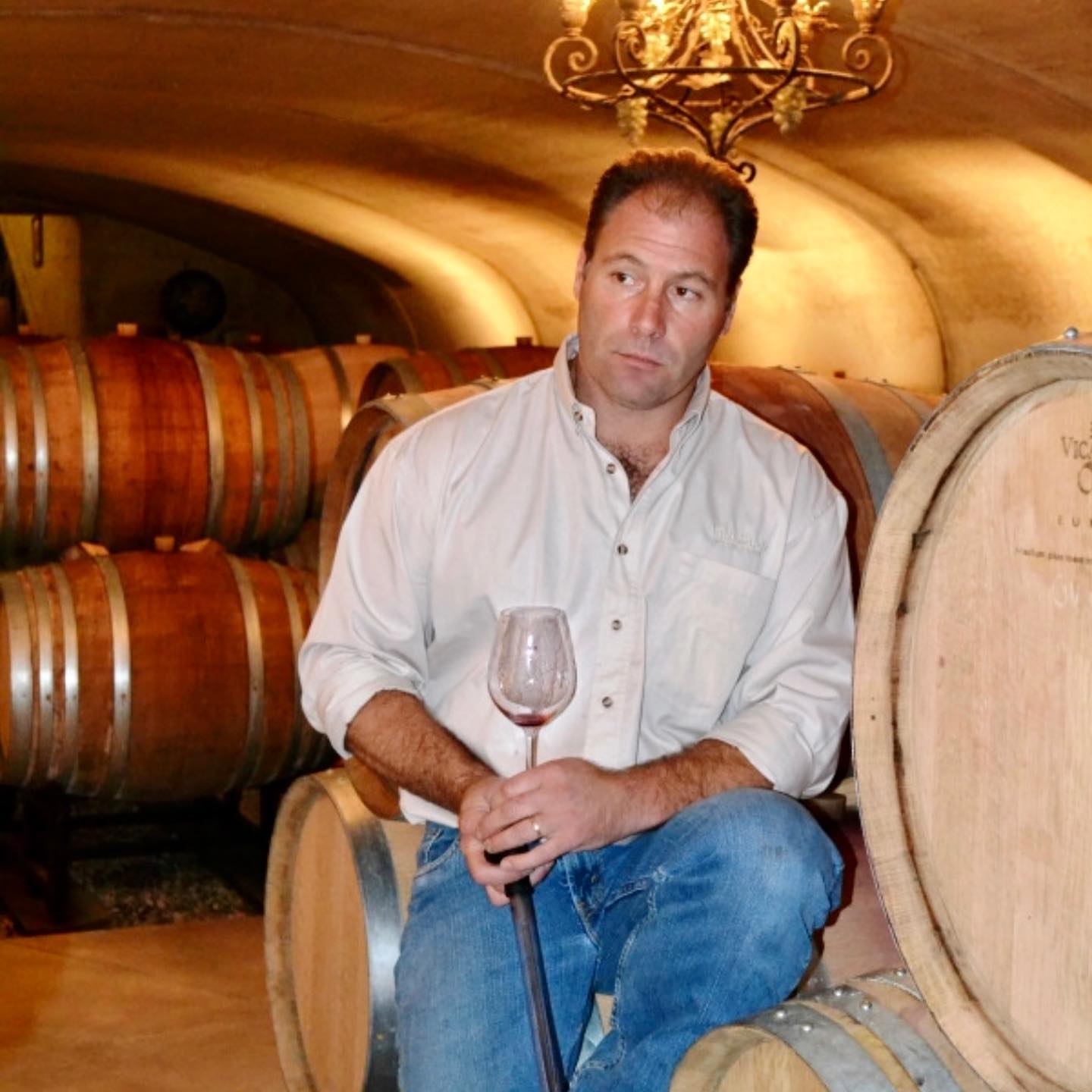
To get there, Schmidt spends a great deal of time learning from some of the greatest minds in wine over several trips to (mostly) France, including the world Mecca for Cab Franc, the Loire Valley.
There are many take-aways from his wine-soaked odyssey, and more than a few twists and turns along the way, but the bottom line for a “wine to be widely accepted in a region” is a “combination of thoughtful intent” and a “soulful expression of place.”
It has been an enduring, passionate mission to get there, and the learning never stops, but Schmidt believes Cabernet Franc can be all that and more for Niagara. To prove his point, he has made the most consistently delicious and popular Cabernet Franc in the region for a very long time. His “classic” Cab Franc, which sells for $16 a bottle, by the way, has been a staple in many homes for years. Oh, yes, he makes many more complex and exciting Cabernet Francs from estate grapes and single-vineyard expressions — his Infinity Vintage Legacy Cabernet Franc released late last year was named this website’s most thrilling wine of the year — but the $16 version is the one he frets over most and the one most people buy, drink and seek out every vintage because it hits all the right notes for them. Isn’t that what’s it’s all about? Isn’t that the point of making wine?
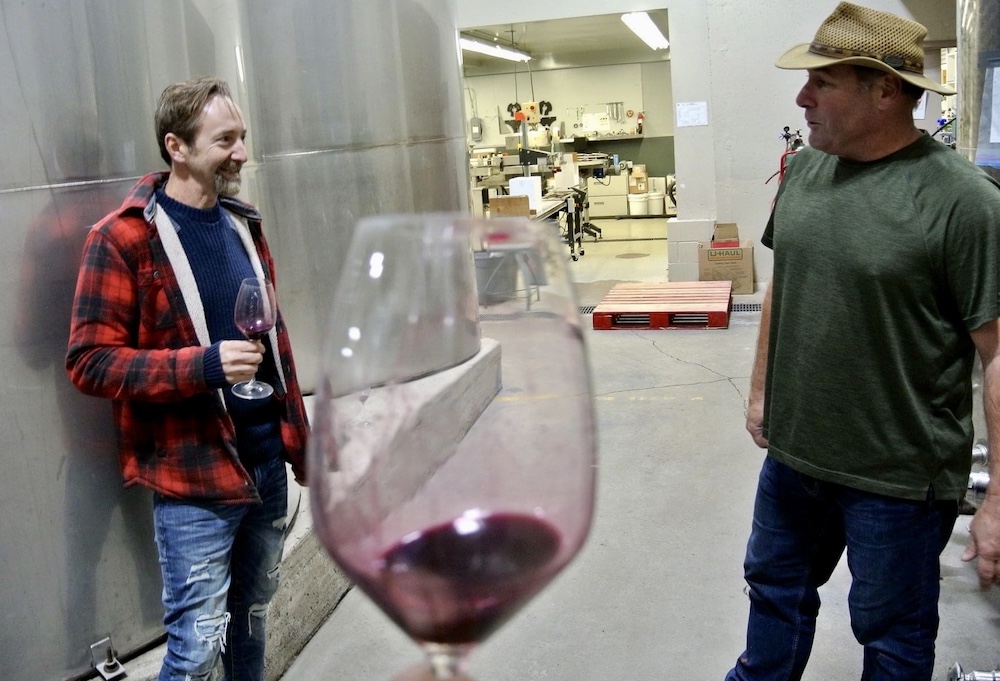
If you get a chance, read Schmidt’s series in its entirety on his Facebook page. He explains in great personal detail his reasons for creating a core wine from a friendly Niagara variety and the hard work that goes into making it in a consistent style year after year.
The final part in his crusade is retold below with Schmidt’s permission and is dedicated to the late Tawse winemaker Paul Pender, seen in above photo with Schmidt on the Vineland crush pad. We also have a review of the latest Vineland Estates Cabernet Franc 2020 after that.
But, first, in the words of Brian Schmidt:
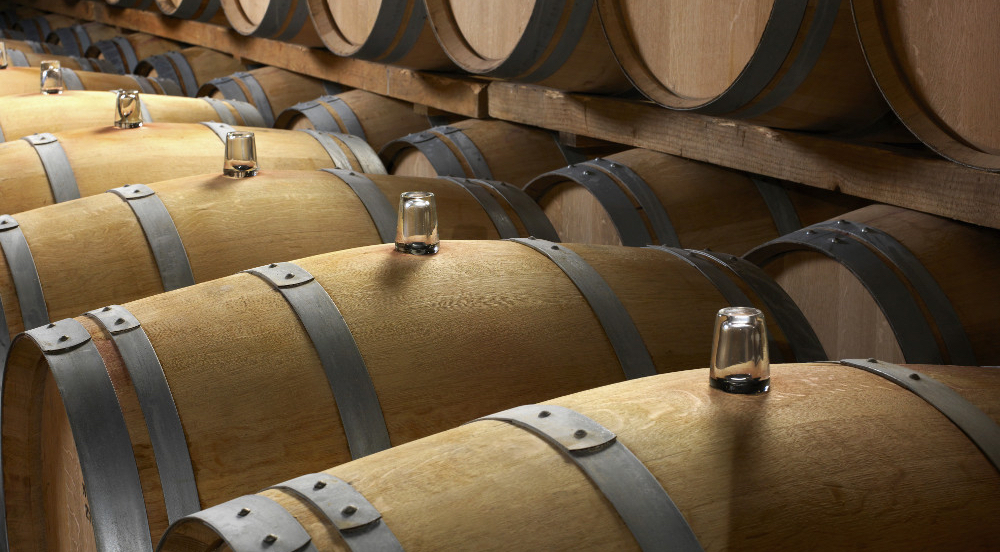
By Brian Schmidt
I once penned a piece (here on Wines In Niagara) titled A Love Letter to Cab Franc. This might feel the same.
“Wine is a living thing. It is made not only of grapes and yeasts, but skill and patience. When drinking it, remember that to the making of that wine has gone, not only the labour and care of years, but the experience of centuries.”
— Allan Sichel
Twenty-five Ontario winemakers piled into a bus. We had been attending the annual winery equipment expo that bounces annually between Bordeaux and Montpellier in France. The year we visited Château Angludet, it was in Bordeaux.
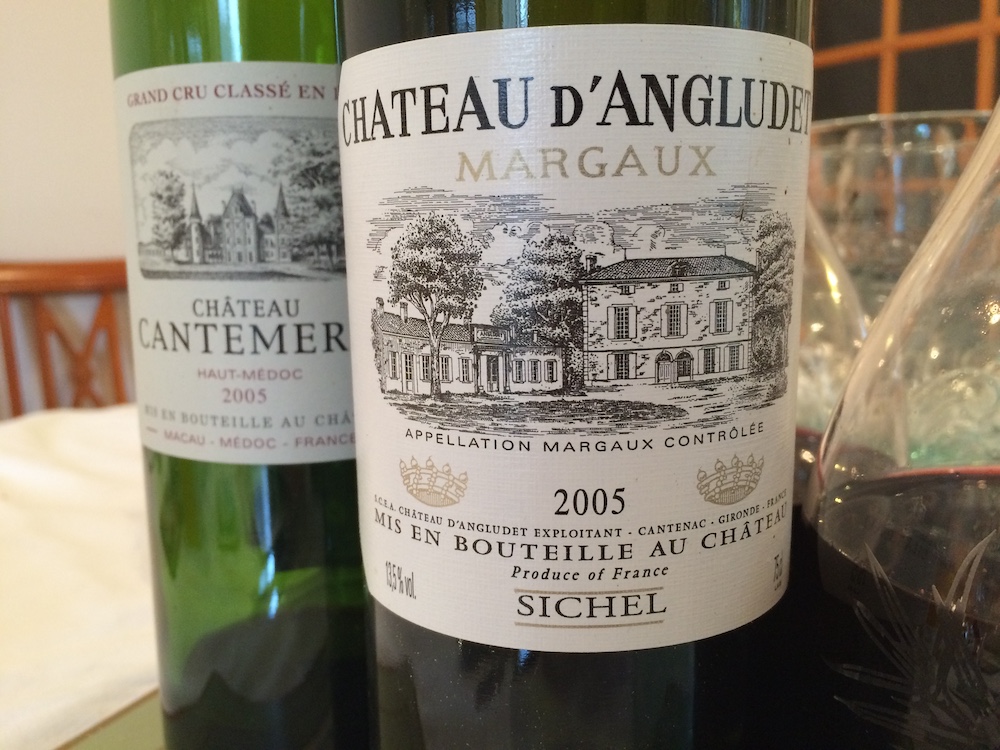
We had already visited Château Bellevue in St. Emilion and Château Margaux in, well, Margaux. Our final stop on this trip was at Château Angludet, owned by the Sichel family.
Twenty-five Ontario winemakers doing their level best to remain professional as we flowed out of the bus. It was early December, and we were met by a well-dressed young man wearing a thick black coat, a matching scarf and gloves. The well lubricated Canadians wore light fall coats or no coats at all. We were given a brief history of the property. How can you possibly give a detailed account of a property that was deeded to a knight, Bertrand d’Angludet in 1273? (If you are interested look up the history of the remarkable property.)
As we walked into the cellars, I was struck by the simplicity of the design. The concrete tanks had been used for fermenting wine for decades. The chai (barrel cellar) was even less ornate. barrels on rough concrete fitted wall to wall in neat lines in the open, wood-beam building. The château was not grand by Bordeaux standards; Angludet was by all measure humble. I loved this place.

I will copy and paste a piece from their website that better explains what the young Sichel shared with us that day:
“At Château Angludet, more than anywhere else, we know there is no single, lasting recipe: every year, we question current practices to be able to act in response to the meteorological conditions and to the state of the vines.”
We question current practices! A winery promoted to the rank of Cru Bourgeois in 1932 regularly questioned themselves. How brave, how humble.
This would serve to be my motto: Never rest — always question.
I returned home and thought, ‘here I am making wine in a country that was known to almost no one. I loved a grape that was appreciated by only a few.’
In the 1990s, Cabernet Franc in its natural home of the Loire was championed by a small collection of winemakers but mostly was sold by carafe in bistros and never given much thought. No other country other than France had yet made Cabernet Franc its own. Pinot Noir and Chardonnay vines made wine all over the world. Cab Sauv and Merlot were loved and grown in both hemispheres. But Cab Franc was Cinderella ready to go to the ball.
Cab Franc needed more champions. I wondered, could Cabernet Franc be THE RED for Ontario? Could Ontario put Cab Franc on the world map of wine? Maybe Cab Franc could put Ontario on the map. I was young enough and naive enough to think it was possible. I just had to “question current practices.”
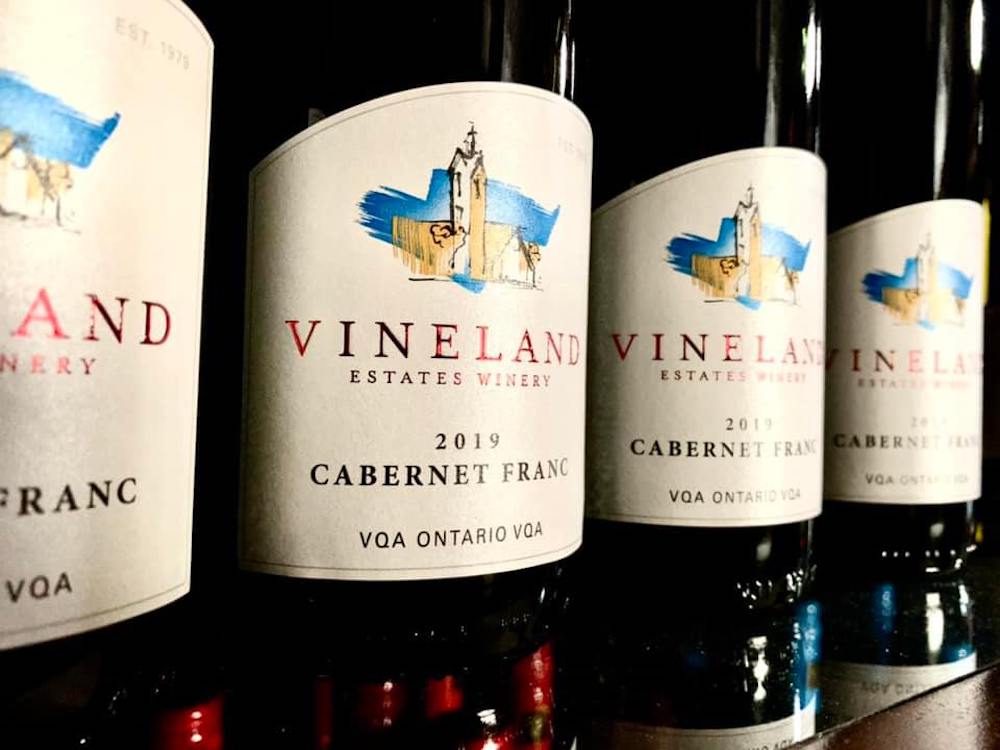
For a grape/wine to be widely accepted in a region, it must be versatile. It must be able to span the quality spectrum, it must be consistent, and it must be good value. Consumers will not accept a wine that is good 50% of the time.
This was my hurdle. How can I make Cab Franc that consumers will enjoy year after year? What was it they didn’t like in some years? Charly Foucault gave me the answer: consumers don’t like green, unripe flavors. As written in a previous post, “I wasn’t looking for my north star.” Charley questioned and changed the way he made wine to reduce these “green flavours.”
Consumers needed to trust that a wine will be consistent. Henri Jayer said: “place your energy in your vineyard, know your vines.” Mother Nature is inconsistent, yet consumers demand some degree of consistency. By knowing our vines, we could, as Angludet does, “act in response to the meteorological conditions and state of the vines.”
Ontario does not have centuries of winemaking tradition. In another chapter of Schmidt’s Facebook posts, Mr. Raoul Blondin said: “Some say Bordeaux has lost its way.” He suggested the wines were made with too much new wood and too much alcohol. This was done to match an emerging Californian style.
Ontario is not California, either. When we overtly use new wood and have higher alcohols our natural balance points are not achieved. There are, of course, a few notable exceptions, but it is fair to say it is not the norm.
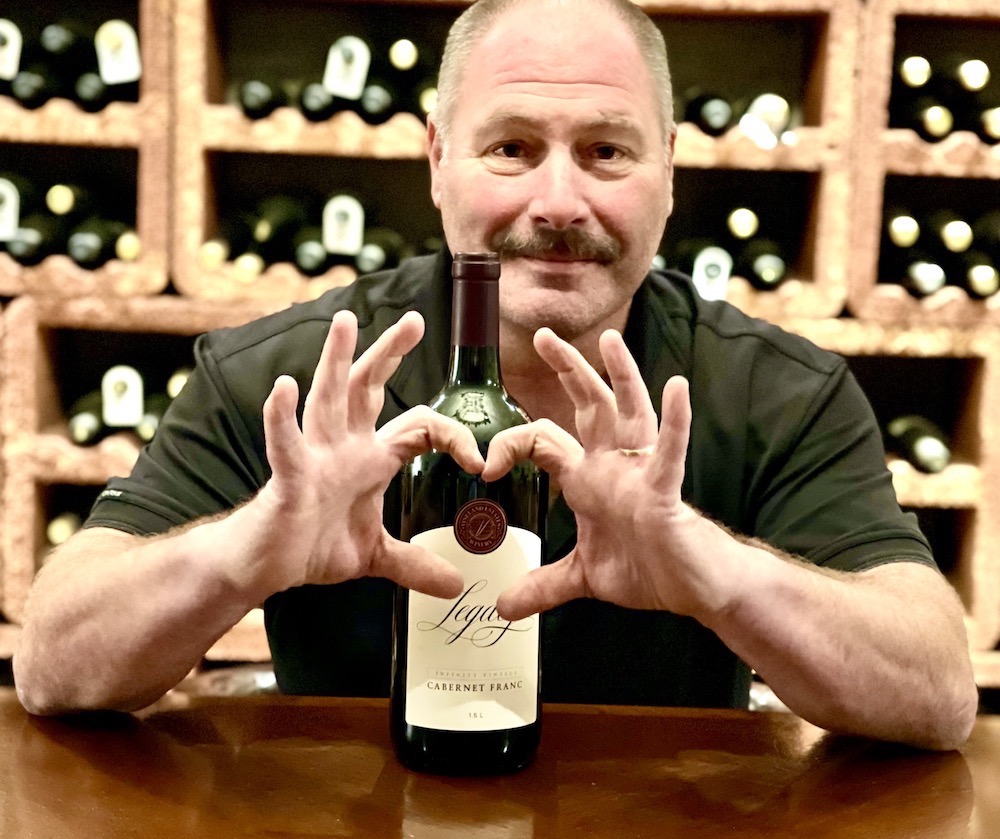
For anyone to say, “we will put a grape/wine or wine region on the world stage,” they must be ready to work hard, that is a given. More importantly, you must be driven by a passionate pursuit of your objective. Philippe Vatan’s father walked across two countries and picked his grapes berry by berry to make a wine after the war ended in 1945 (see Schmidt’s first post on this series on Facebook). We can all agree that kind of determination and passion is uncommon.
So, armed with the tools I have been taught to use, can we put Cab Franc on the map and in turn put Ontario on the map? I have worked alongside many other passionate and intuitive Ontario winemakers. Many who have deployed similar tactics and used similar tools to coax the best out of the Cab Franc we grow here. We have some that machine harvest their fruit, some that hand harvest their fruit. Some sort berries by hand. Some use high-speed optical sorters. We use stainless steel tanks, concrete tanks, wooden tanks of all shapes and sizes and, yes, we use barrels. Some use new oak, some use neutral oak, some use oak alternatives.
What sets these winemakers apart is they have abandoned dogmatic principles and embraced innovation while respecting tradition. We have walked through our vineyards day in and day out for years. We have tasted and spat, made changes and tasted and spat again, all in an effort to find our balance point. Our goal? To render the soul of our place into liquid music.
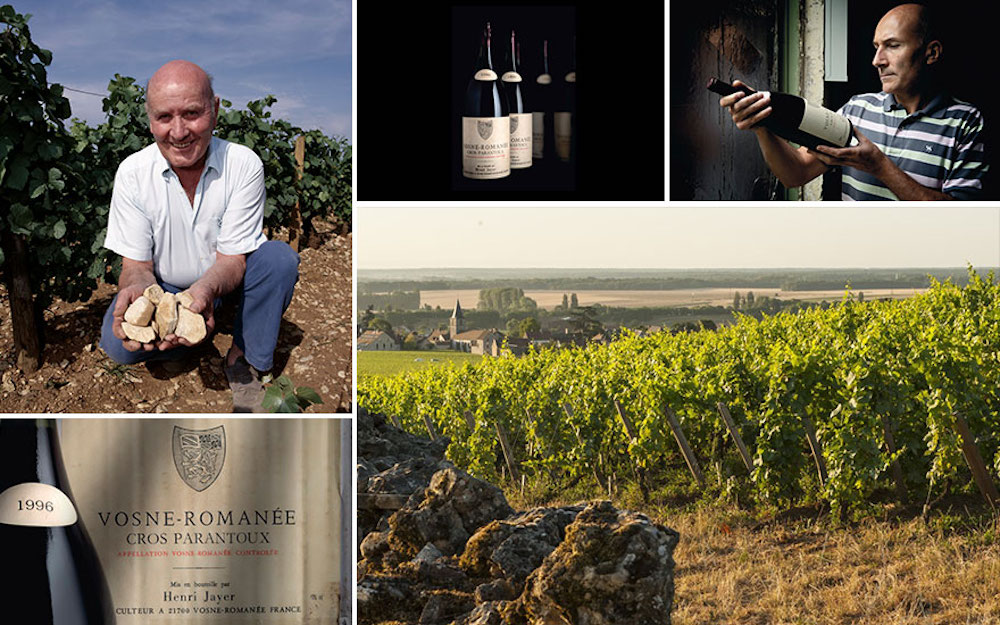
Ok, Brian, what does all this have to do with barrels? You said you would talk about barrels.
Well, a barrel has often been considered the universal symbol of great wine. I wanted to help you look at that differently. Just because a wine is aged in barrel does not give you the promise of a wine worthy of your attention. Equally, a wine not aged in barrel should not be dismissed as lacking integrity or not worthy of your attention.
At its best, wine is a combination of thoughtful intent and a soulful expression of place. The price of a wine does not mean a winemaker focused anymore or any less effort. In fact, the opposite can be true, as is the case with our Classic (general list) Cab Franc, a wine that sells for $16. I would argue I dedicate more effort to making that wine to be widely loved.
For a wine region and grape to be recognized it must deliver quality and value across the price spectrum.
We have more work to do, but the world is beginning to notice.
New vintage of Schmidt’s
Cab Franc released soon
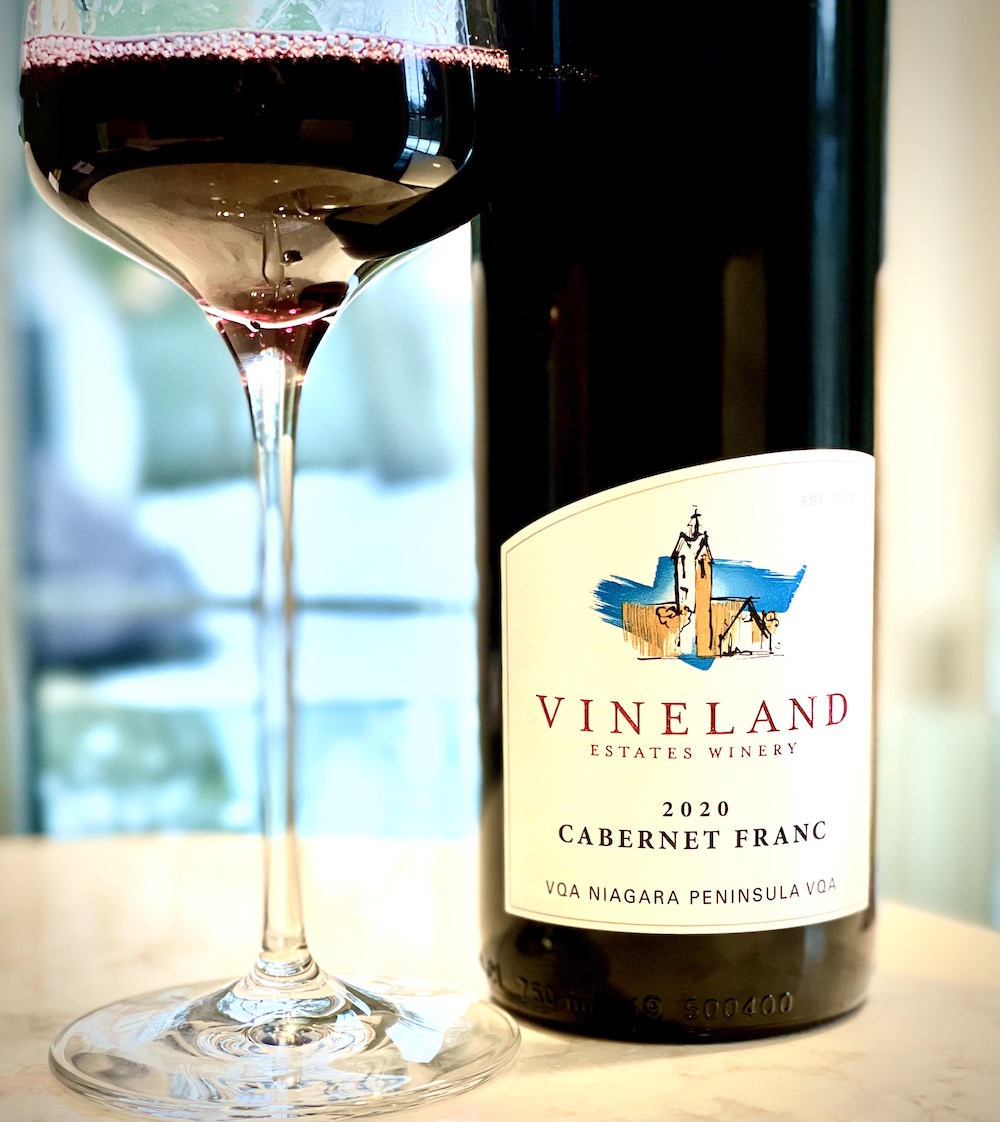
Vineland Estates Cabernet Franc 2020 ($16, LCBO General List and winery soon, 92 points) — In a lot of ways, this “classic” tier Cabernet Franc from winemaker Schmidt is the epitome of everything he does at the Twenty Mile Bench. It all flows from this wine made from his favourite Niagara variety and lis apped up by the many fans of Vineland wines. As he admits above, even though it’s one of the most affordable wines made at the estate, more effort is spent every vintage to make it consistent and true to the style that has made it popular.
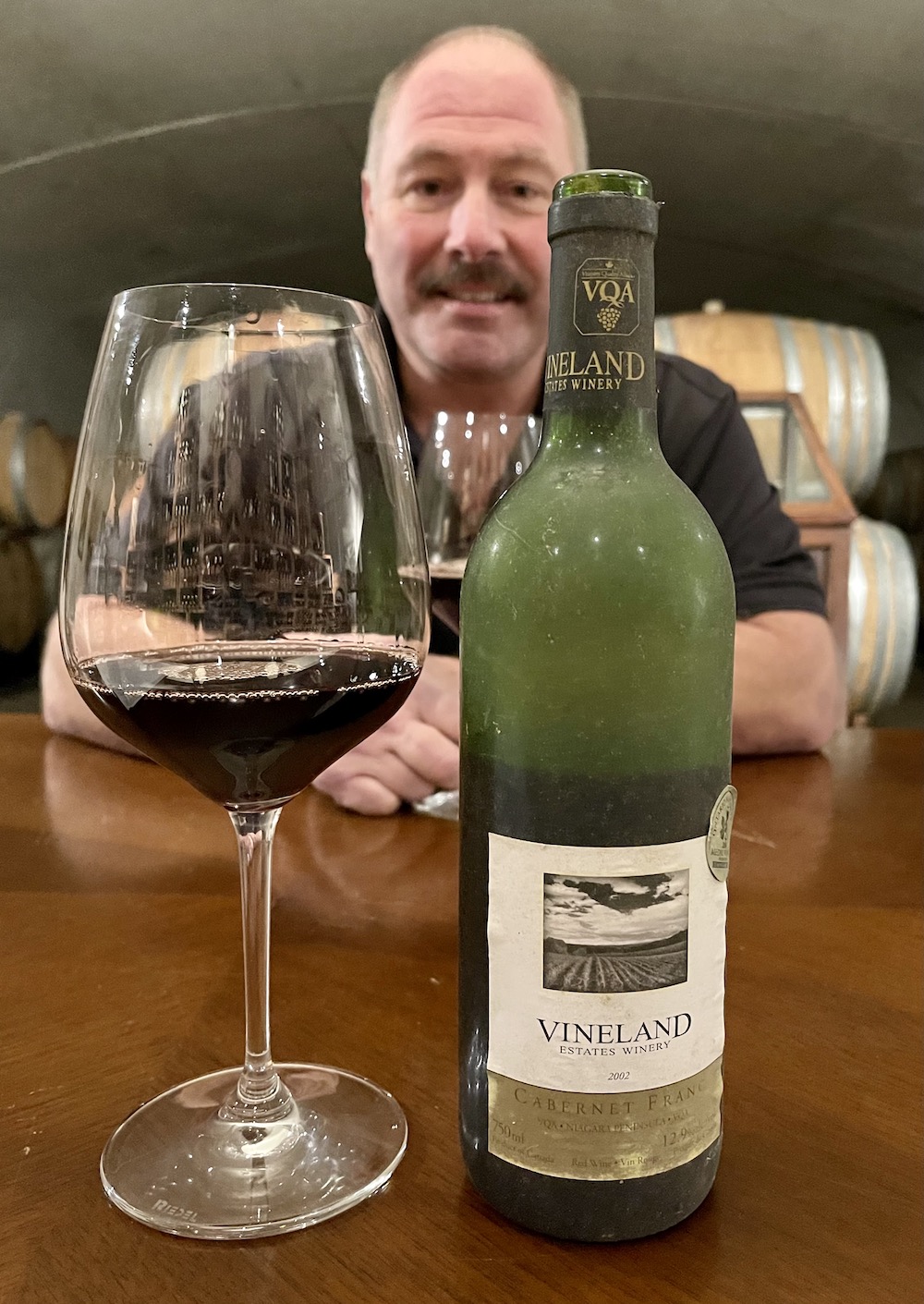
I recently tried a dusty, old bottle of the 2002 regular Cabernet Franc while tasting recently with Schmidt in the barrel cellar. It blew me away at how well it had aged, and to think it was $13 at the time of purchase (and today costs only $3 more). It just shows you that well-made wine at any price point can stand the test of time. The 2020 version of the Cab Franc, from a vintage that many call the best in the history of Niagara, is a delight. It has a pronounced nose of dark cherries, wild raspberries, anise, fresh turned soil, mocha and integrated herbs. On the palate, it’s smooth with soft tannic structure to go with an array of ripe red berries, dried savoury herbs, earth, Espresso bean and cassis that’s nicely balanced and finessed through a long, juicy finish. I don’t know what more you need from a wine at this price point, a wine that will deliver and improve in bottle for years to come.
Coming to Vintages Saturday
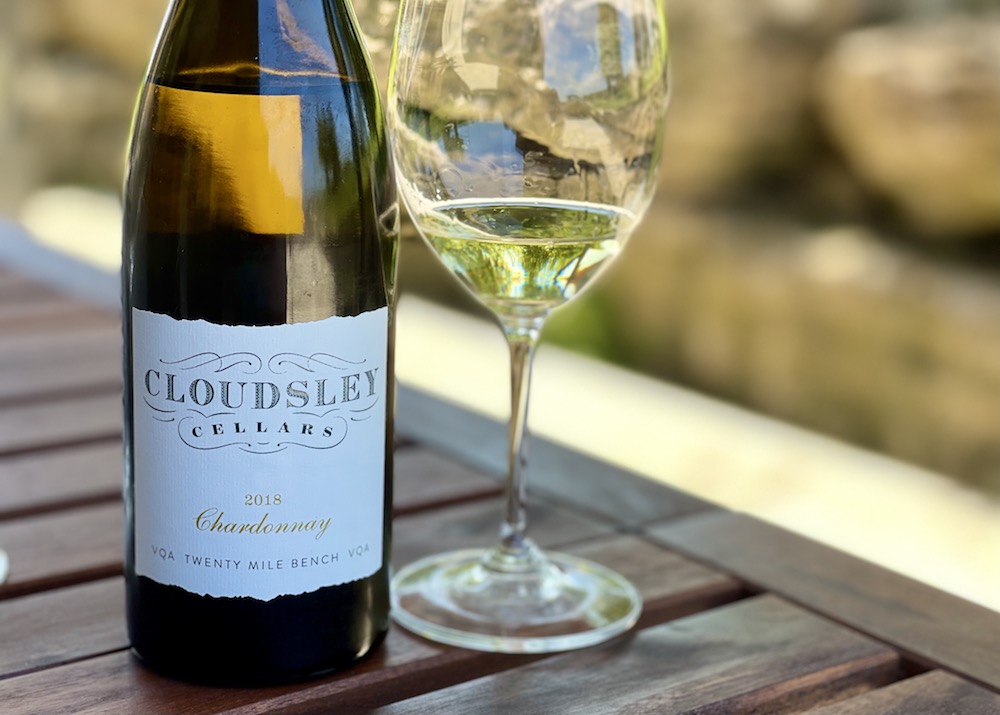
Cloudsley Twenty Mile Bench Chardonnay 2018 ($35, Vintages online exclusive, 92 points) — In 2018, owner/winemaker Adam Lowy decided to make only a blend of the single vineyards he usually bottles. So, this ends up being the best of the best grapes and barrels and from Foxcroft, Wingfield and Cuesta that was wild fermented and aged for 18 months in French oak barrels, 28% of which is new. This really does feel like a lot of wine for the money with an inviting, aromatic and perfumed nose of sweet pear, golden apple, stony minerality, some citrus zest and light oak spice. It’s rich and creamy on the palate but retains freshness with pear/quince, lemon zest, integrated oak spices and length through a finessed finish.
Also released at Vintages Saturday, but not reviewed by Wines In Niagara:
• Bricklayer’s Reward 20 Barrels Chardonnay 2019 ($19)
• Jackson-Triggs Niagara Estate Grand Reserve Chardonnay 2019 ($21)
• Kew Old Vine Riesling 2016 ($16)
• 13th Street Whitty Vineyard Gamay 2020 ($25)
• Nomad Wanderlust 2017 ($23)
• Peninsula Ridge Reserve Meritage 2019 ($25)
• Ridgepoint Dolcetto Appassimento 2019 ($25 for 375 bottle)
• The Tragically Hip Fully Completely Reserve Red 2019 ($25)


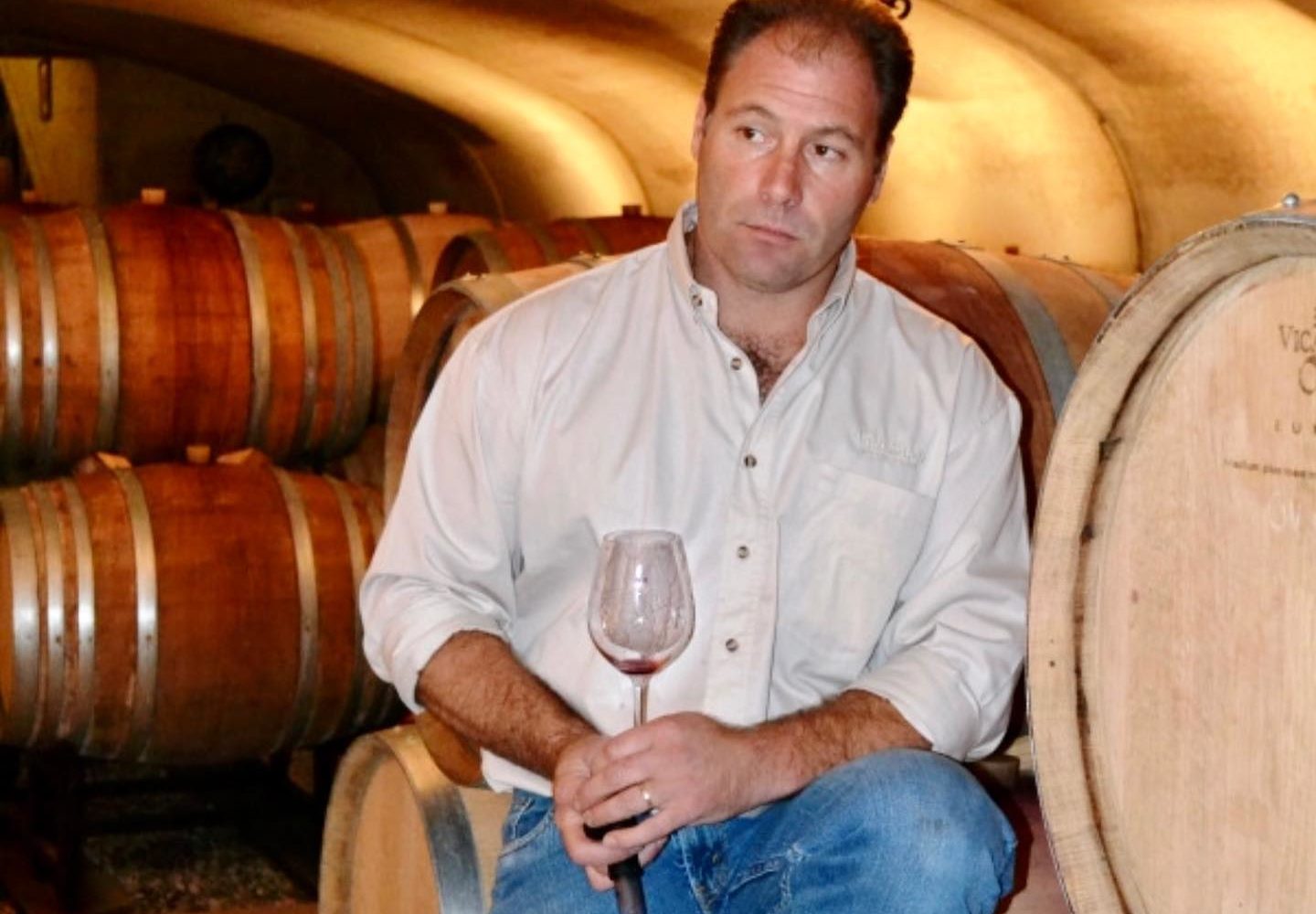





Comment here